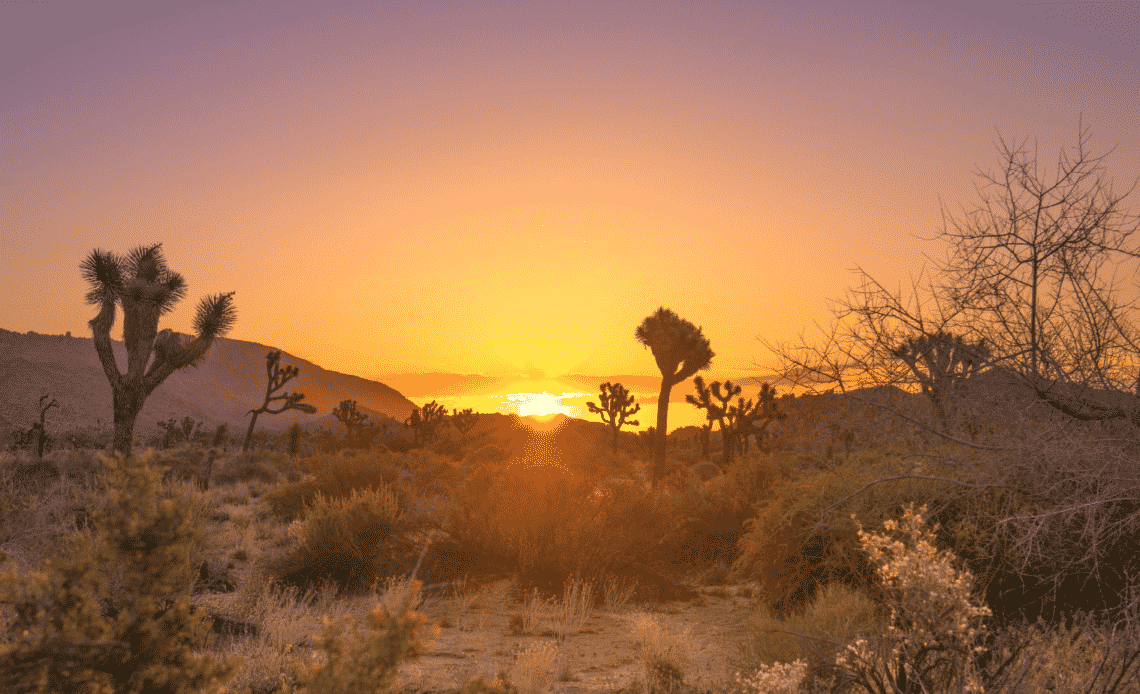
Awe Inspiring National Parks to Visit This Spring – Part III
This is a 3-part series describing amazing road trip itineraries to 9 beautiful and unique US National Parks.
Part 3: Joshua Tree National Park and Death Valley National Park
This southern California national park road trip to Joshua Tree and Death Valley is the third and final installment of our 3-part series on national parks to visit this spring.
You can read Part I: Everglades National Park, Biscayne National Park, and the Dry Tortugas National Park & Fort Jefferson here.
And Part 2: Four Stunning Southwestern National Parks to Visit Now can be found here.
These national parks are known for extreme summer temperatures, with days registering well over 100ºF being the norm.
The best time to visit these national parks is either in March or April.
Why?
It’s before the heat of summer, the wildflowers are still in bloom and the crowds have started to thin. A triple winner!
This post may contain affiliate links, which means I’ll receive a small commission if you purchase through my links, at no extra cost to you. Please read my full disclosure for more information. Thank you for supporting my blog!
Joshua Tree National Park
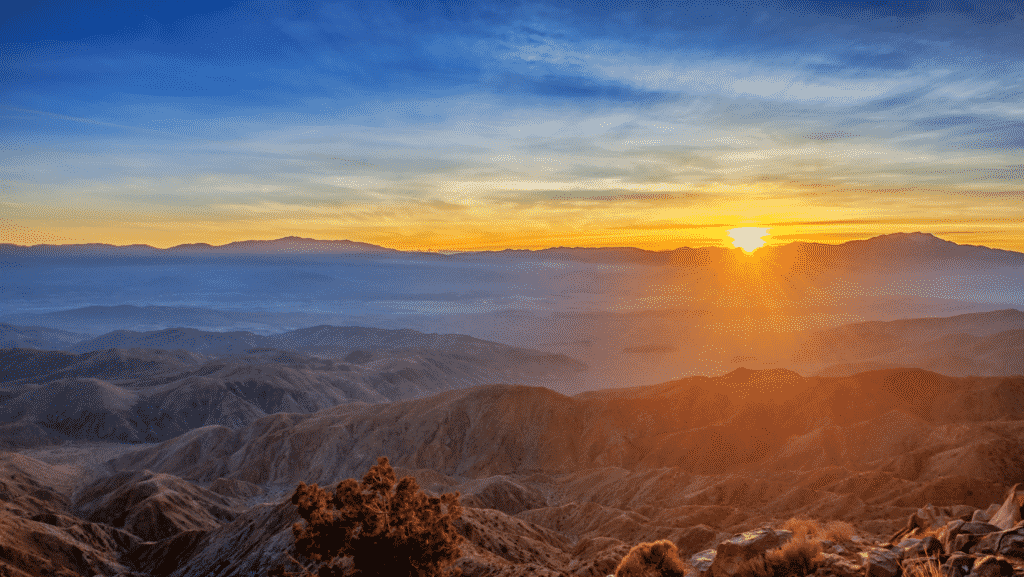
Named for the Joshua trees native to the nearby Mojave desert, Joshua Tree became a national park in 1994.
The park covers just over 1200 square miles. It contains not one but two deserts: the Mojave Desert and the Colorado Desert.
GETTING THERE
Driving from Los Angeles, you can reach Joshua Tree National Park in about 2.5 to 3 hours.
If you’re coming from Las Vegas, it’s a 3 hour drive through the Mojave National Preserve.
Phoenix is just 3.5 hours away. And a 10 hour drive if you’re coming from our last national park in this series, White Sands National Park, New Mexico.
Where to stay
The park’s busiest time is from November thru May.
It’s normal for the campgrounds within Joshua Tree National Park to be at capacity during these months. Be sure to make your reservations early. You can make them here.
CAMPING
Joshua Tree National Park has 9 campgrounds with 523 campsites available.
And four of them, Black Rock, Cottonwood, Indian Cove, and Jumbo Rocks, accept reservations. The other five are first-come, first-served.
It should be noted too, that only Black Rock and Cottonwood campgrounds within the park provide water and flushing toilets.
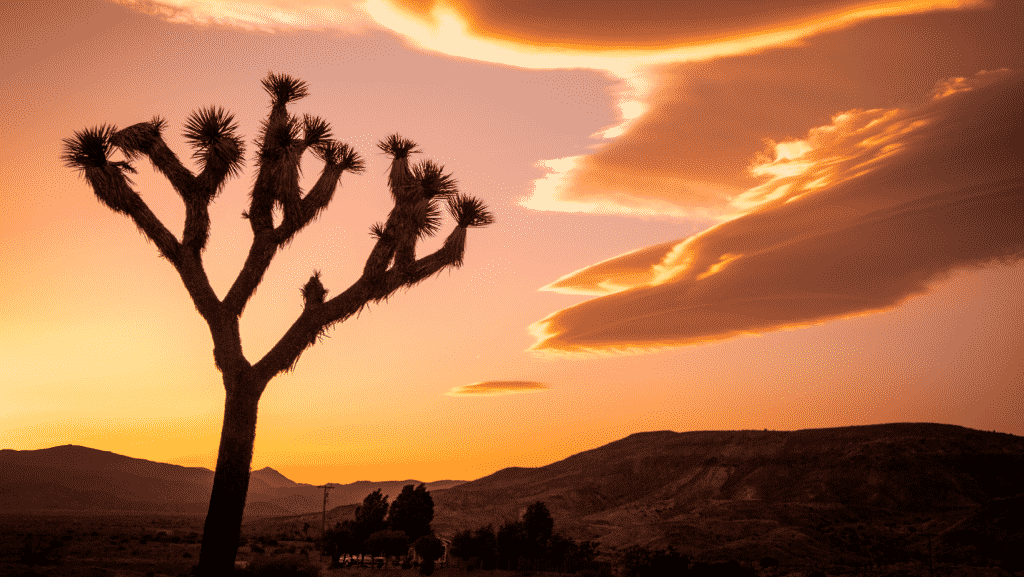
If you want to do some backcountry camping, Joshua Tree is a great place to do so.
There are 13 staging areas within the park you can leave your vehicle and obtain a backcountry use permit.
There is no charge, but without a permit showing in your vehicle window, you run the risk of having it towed and/or paying a fine.
Hotels & Inns
For those not interested in camping, the Fairfield Inn & Suites by Marriott in Twentynine Palms is a great choice. It’s only 15 minutes to the visitor center.
The Campbell House is a historic inn just a few minutes away from the park. It’s a beautifully, elegant place to escape the day’s heat.
VRBO
If impersonal hotels aren’t your cup of tea, or you want a different experience, try renting a house through Vacation Rentals By Owner (VRBO).
The prices are often comparable to staying in a hotel but with a lot more room and the added benefit of being able to cook your own meals. Check out these amazing options here.
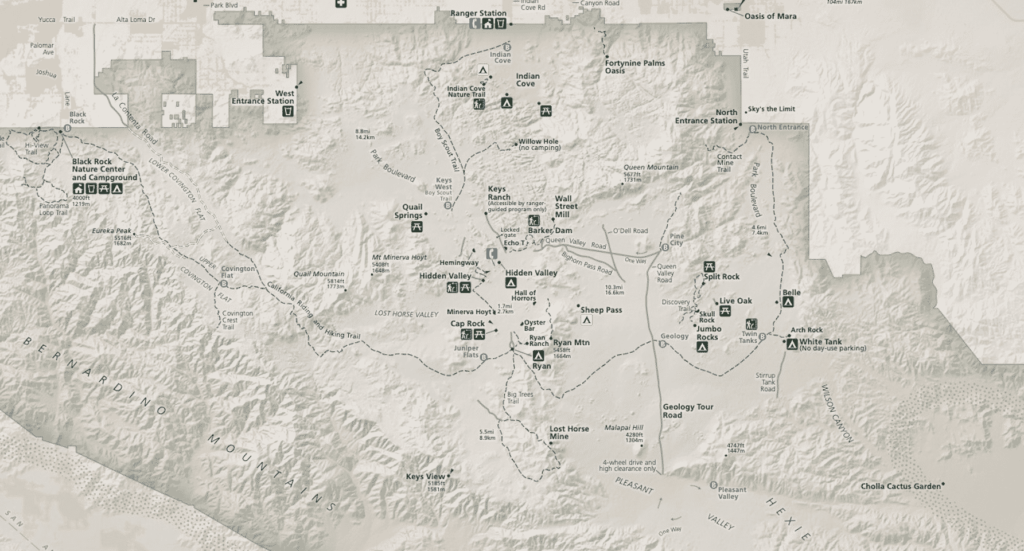
What to see and do
There are tons of experiences to be had in Joshua Tree National Park. These include wildflower viewing, hiking, stargazing, rock climbing and more.
You can even explore the park by bicycle or on horseback!
Depending on your choice of activity, Joshua Tree National Park can be experienced in as little as a day, or over the course of several days.
Tips: There are no restaurant facilities within the park so come prepared with plenty of food and water depending on your activity and length of stay.
There is also no cell coverage throughout the park so make sure you grab a map or have other backup navigation options.
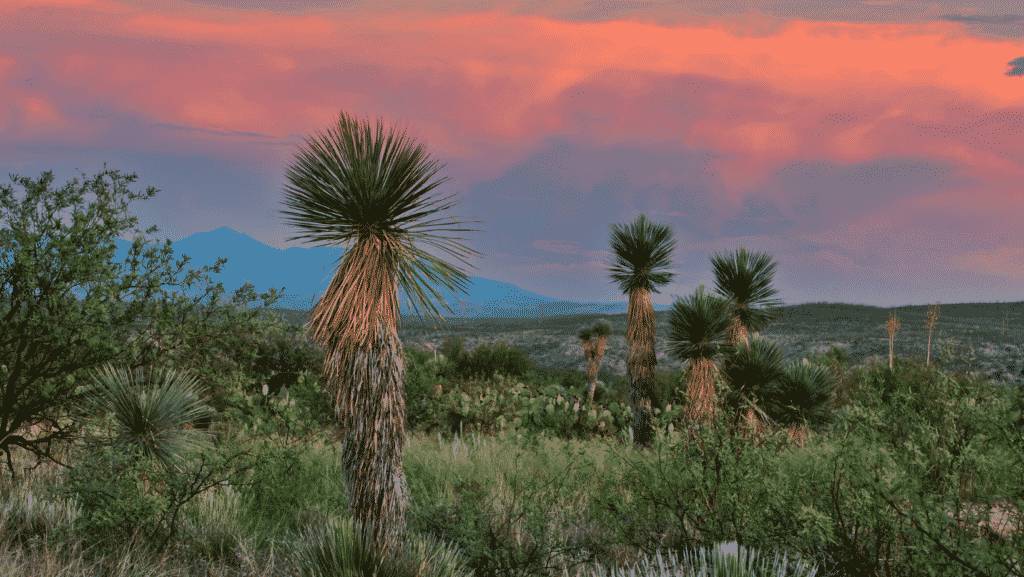
VISITOR CENTERS
The park has 4 visitor centers: Black Rock Nature Center (in Black Rock Campground), Cottonwood Visitor Center (in Cottonwood Spring), Joshua Tree Visitor Center (in the Village of Joshua Tree), and Oasis Visitor Center (at Oasis of Mara in Twentynine Palms).
The main visitor center is the Joshua Tree Visitor Center. Here you can find a cafe, bookstore, and the ever necessary bathroom facilities. The center is open from 7:30am to 5pm.
WILDFLOWER VIEWING
From February to June you can enjoy amazing views of the desert wildflowers in different locations throughout the park.
The lower elevations in the park around the Pinto Basin often see blooms beginning in February.
March or April typically sees blooms in the higher elevations. There are desert areas above 5,000 feet that see wildflower blooms in June.
Check out the Joshua Tree National Park Wildflower Watch project here for more information about where and when to view the wildflowers.
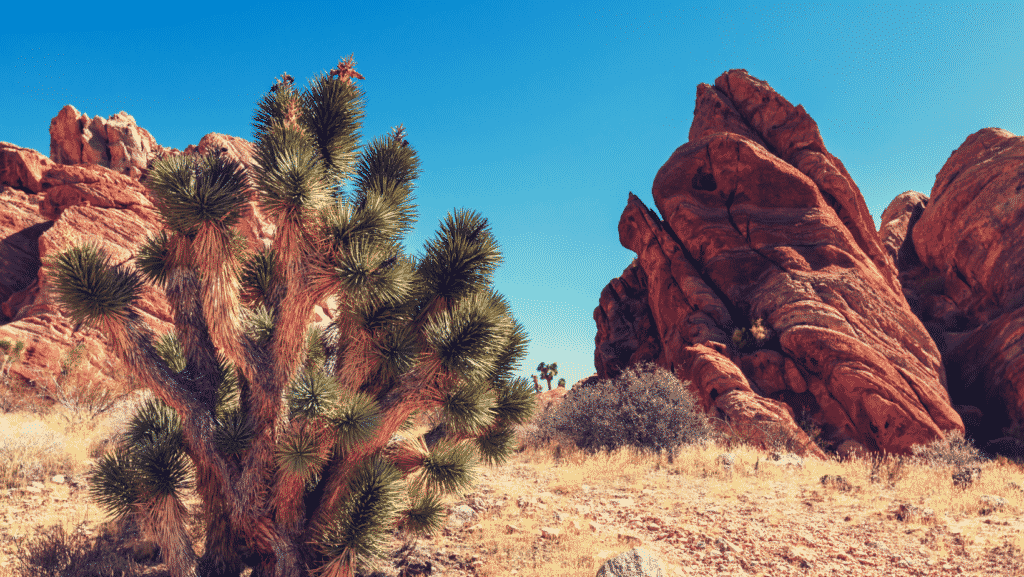
STARGAZING
Joshua Tree is designated an International Dark Sky Park. The park is known for spectacular views of the night sky thanks to a lack of light pollution.
On moonless nights, you can easily take in the night sky from any of the campgrounds, your backcountry campsite, or even from a roadside pullout. Just bring your chair!
HIKING
One of the most popular day hikes is the Lost Horse Mine Trail.
It’s a 4 mile out and back moderate hike to a historic gold mine. You can’t enter the mine any longer, but you can get an idea of the conditions the miners endured back in the day. The trailhead is off Keys View Road and takes an average of 2-3 hours.
Another great hike is the Arch Rock Trail. You can find the trailhead at the Twin Tanks parking lot and is less than a mile in length. You can see the arch halfway through and it takes about an hour to complete.
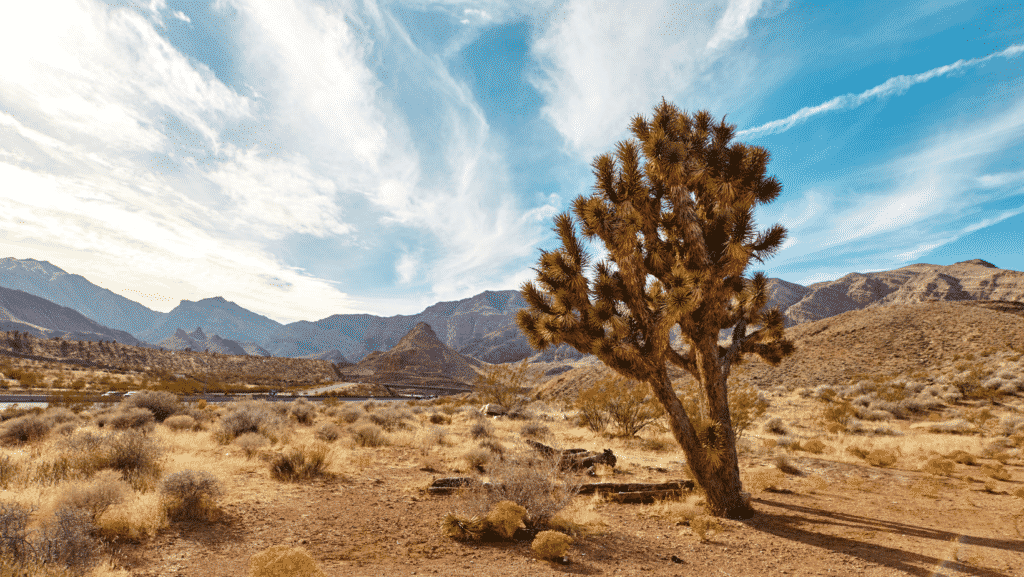
Rock climbing
Joshua Tree National Park is world-renowned for its rock climbing opportunities and it’s not unusual for the park to see hundreds of climbers in a weekend.
The park offers crack, slab, and steep face climbing and caters to everyone from beginners to experts.
There are also climbing guides who have permits to operate inside the park so consider hiring one if you’re new to the sport or want a local’s take on the best climbs.
KING RANCH TOUR
If you want to know what it took to live in such a hostile desert environment and raise a family, make reservations for the guided tour at King Ranch.
The ranch was settled by William Keys, his wife and their five children. It includes the main house, store, workshop and the school house and is now listed on the National Historic Register.
The tour is about 90 minutes long. You can make reservations here as well as obtain driving directions to the ranch gate.
Death Valley National Park
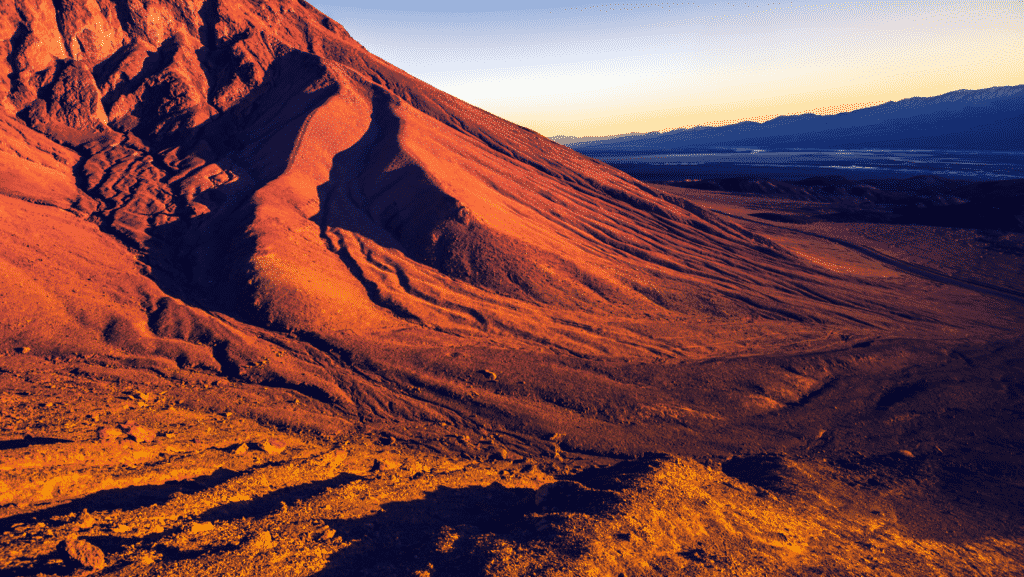
The next and final stop on our list of 9 national park road trips to take before summer heats up, is Death Valley National Park.
Death Valley has the honor of being the hottest, driest, and lowest (in elevation) national park. It’s also the largest national park in the lower forty-eight states with over 3.4 million acres.
In fact, the temperatures in Death Valley get so hot and so frequently, that many recorders of the highest daily temperatures in the U.S. routinely don’t count Death Valley in their figures.
Death Valley holds the world record for being the hottest place on earth with its reading of 134ºF in 1913.
And in 2001, Death Valley registered temperatures over 100ºF for 154 consecutive days. Ouch! Talk about heat wave!
That makes this park one you should definitely visit in the winter or early spring.
Getting there
From Joshua Tree National Park, Death Valley is about a 4 hour drive north.
If you’re looking to fly then rent a car, Las Angeles is about a 3.5 to 4 hour drive depending on traffic.
Along the way consider stopping to check out Red Rock Canyon State Park and the Trona Pinnacles.
Las Vegas is a little closer at only about 2 hours away. Depending on your day’s itinerary, this makes it possible to do a day trip to Death Valley from Vegas.
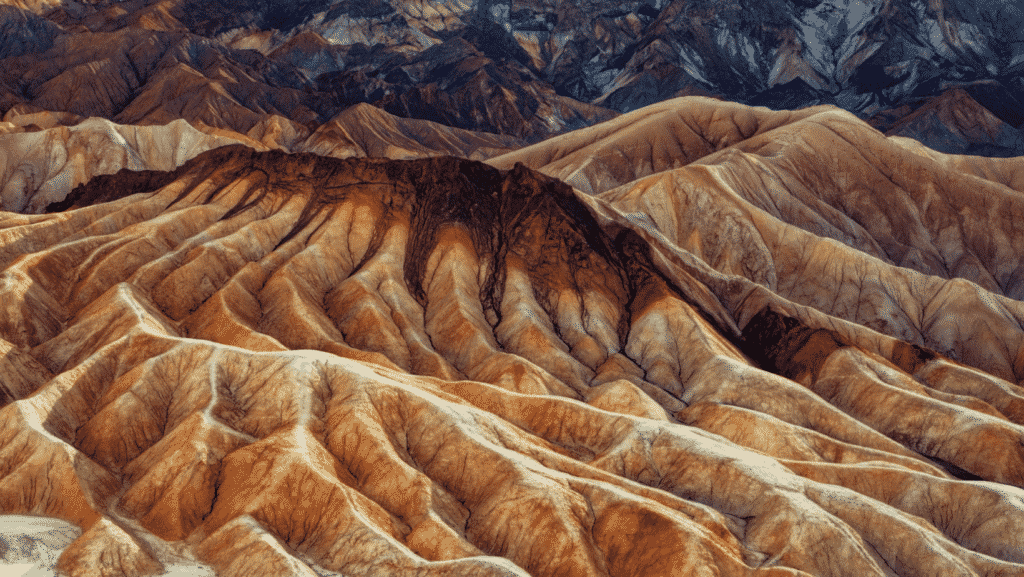
Where to stay
If you’re planning on spending more than a few hours in Death Valley, you’re going to want to find accommodations. There are many to choose from including campgrounds, hotels, resorts and rentals.
CAMPING
Death Valley National Park contains several campgrounds – nine of them in fact.
Only Furnace Creek Campground requires reservations from mid-October thru the middle of April.
Of the nine campgrounds, only Furnace Creek, Mesquite Spring, Emigrant, and Wildrose campgrounds are open all year and are first-come, first-served.
The other five campgrounds close for the hot summer months.
Furnace Creek Campground is also the only campground with full hookups for RVs -but only at 18 of the sites so be sure to reserve early! You can check out availability here.
If you’re bound and determined to camp throughout the year, there are three private campgrounds that accept reservations year round.
These are Stovepipe Wells RV Park, Fiddler’s Campground at The Ranch at Death Valley, and Panamint Springs Resort.
Backcountry camping is also permitted in certain areas of the park.
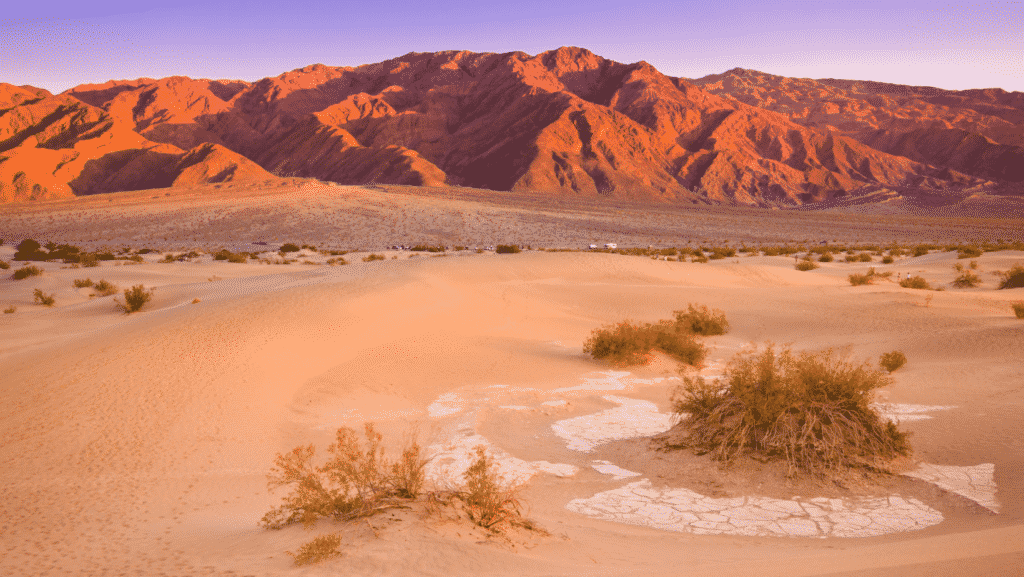
LODGING WITHIN THE PARK
If you are interested in sleeping somewhere in the park that doesn’t involve a tent and sleeping bag, check out Stovepipe Wells Village. There, you’ll find resort accommodations at the Stovepipe Well Hotel, a restaurant and western saloon.
At the Oasis at Death Valley, you’ll find the Inn at Death Valley, a AAA-rated four-diamond resort that is truly an oasis in the desert.
Also at the Oasis at Death Valley, is the Ranch at Death Valley. The Ranch is an adventure-lovers oasis where you’ll find an 18-hole golf course, carriage rides, horseback rides, jeep rentals, pools and more.
At the western-style Panamint Springs Resort, you’ll find lodging, a restaurant, bar and a general store.
LODGING OUTSIDE THE PARK
If you’re coming from the east side of the park, consider staying in Beatty or Pahrump in a VRBO (Vacation Rental By Owner).
In California, on the west side of the park, there are the towns of Lone Pine, Ridgecrest, and Bishop. Any of these will have great options for accommodations.
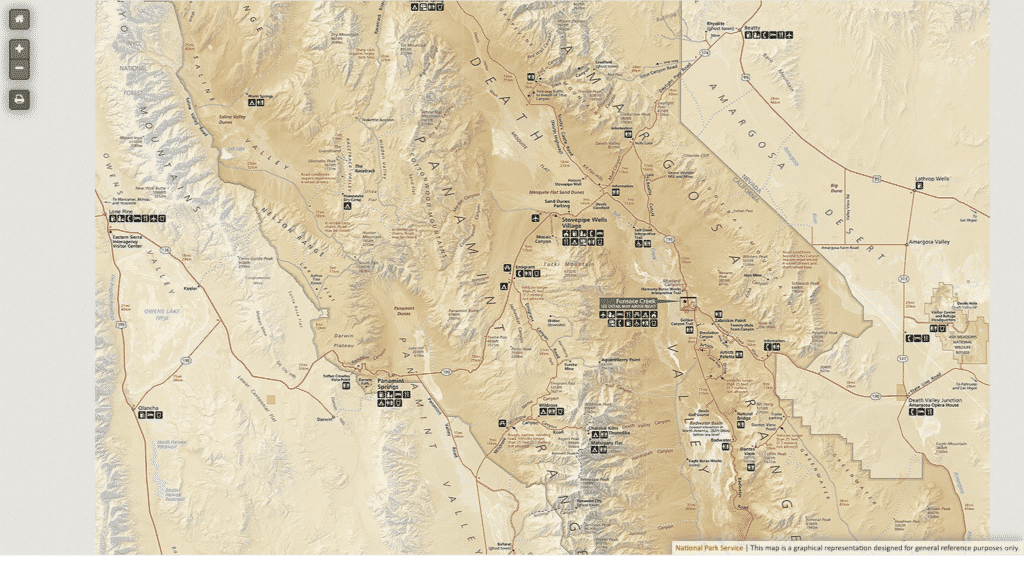
What to see and do
With such a doom and gloom sounding name, one would think Death Valley National Park would not offer much to do or experience.
That is far from the truth!
In reality, Death Valley is full of animal and plant life. The park even contains natural springs such as the one found at Furnace Creek where you’ll also find the park’s main visitor center.
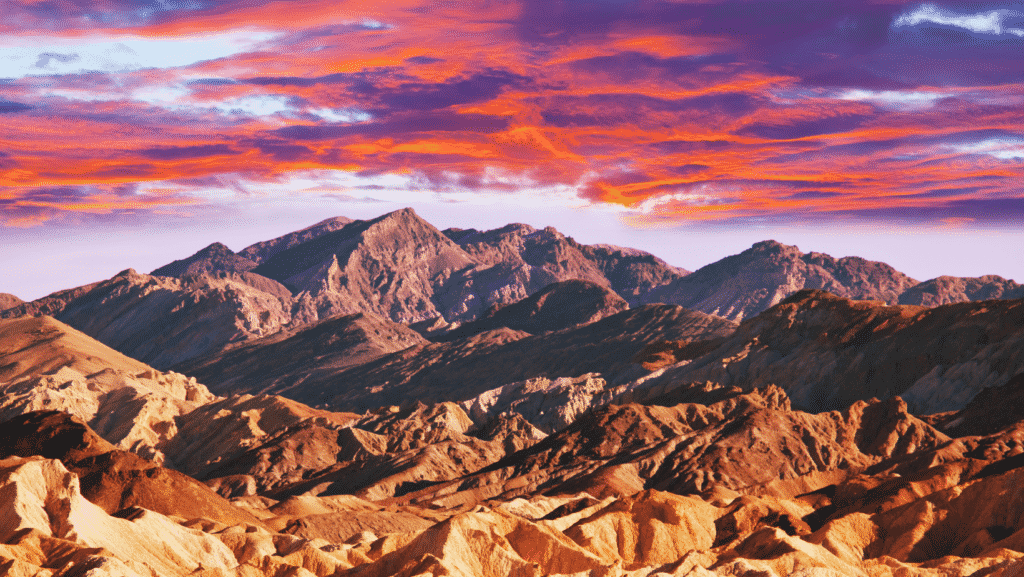
SCENIC DESTINATIONS
Death Valley National Park boasts more roads than any other national park. There are over 1,000 miles of roads in fact! It makes getting around to the various scenic areas fairly easy.
One of the most popular areas to visit is Badwater Basin. At 282 feet below sea level, Badwater Basin is the lowest point in North America. You’ll see vast expanses of salt flats here that seemingly go on for miles!
Another area you won’t want to miss is Dantes View. Here, you can experience a sweeping birds’ eye view of the park.
Badwater Basin and Dantes View are two great places in Death Valley National Park to view beautiful sunsets as well.
Zabriskie Point and the Mesquite Flat Sand Dunes are two other places you should add to your itinerary if you have the time. Truly, they’re sights not to be missed!
HIKING
With millions of acres and 1,000 miles of roads, Death Valley National Park is a hiker’s dream, as long as you are prepared for the harsh environment.
Be aware, after March the temperatures increase notably and your hiking should be completed by noon at the latest.
Because of the dry climate, make sure to bring adequate amounts of water with you.
Three easy popular hikes are the Badwater Salt Flat trail, the Natural Bridge Trail and the Mesquite Flat Sand Dunes Trail.
The Badwater Salt Flat is a 1 mile out and back trail where you come to the edge of the salt flat. This is a great way to explore the lowest point in North America!
The Natural Bridge hike is also a 1 mile out and back trail that takes you to the, you guessed it, Natural Bridge! It’s an easy trail, mostly flat, but rocky so be sure to wear appropriate footwear.
The third hike is the Mesquite Flat Sand Dunes. At 2 miles out and back, it’s longer than the other two, and takes about 1.5 hours to complete. Here is your chance to climb an actual sand dune!
There are many more hiking trails in the park. For further information, or to find descriptions of other hikes within the park, check out the National Park Service page here.
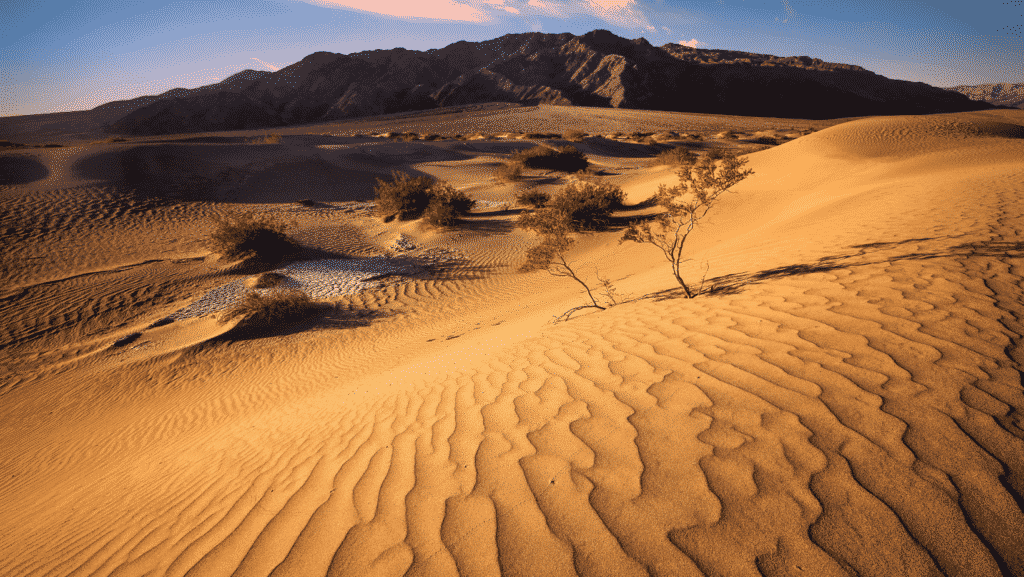
Ranger led tours
Another way to experience the best of Death Valley National Park is to take one of the ranger led tours.
These tours normally operate daily from November through March. They include everything from guided hikes to ranger talks, sunset walks, flintknapping, and paleontology hikes where you explore fossilized tracks of by-gone animals.
For information or to make reservations, check out the ranger program guide here.
There’s so much to see and do in Death Valley.
It truly is a stunning display of contradictions in both environment and geographical features.
Hopefully this has encouraged you to plan a national park road trip to Joshua Tree and Death Valley National Parks this spring.
If you do, leave a message below and let us know your favorite experience! I’d love to hear from you!
And if you’re looking to spend more time in California, or tips for traveling along the coastline, here’s the ultimate 7-Day Pacific Coast Highway Itinerary.
Final Thoughts
We’ve come to the end of our 3-part series on national parks to visit this spring.
From the rolling black waters of the Florida Everglades to the rugged deserts of Death Valley and the seven beautiful national parks in between, these are the perfect road trips to take this spring.
These nine national parks spanning Florida, Texas, New Mexico, and California, are spectacular in their own right and best visited in the cooler months.
March or April are best due to the still cool temperatures and the lessening of the crowds as peak season for these parks winds down.
So whether you’re into rock climbing or snorkling, scenic drives from the comfort of your own vehicle or from the seat of a bike, these nine national parks encompass uniquely beautiful areas of the United States you don’t want to miss!
So get out and travel, explore somewhere new, and embrace your inner dragonfly!
And if you’re looking for ideas for travel souvenirs, maybe these 9 DIY Travel Memento Ideas will spark some inspiration!

Don’t forget to check out the rest of the Awe-Inspiring National Parks To Visit This Spring series:



